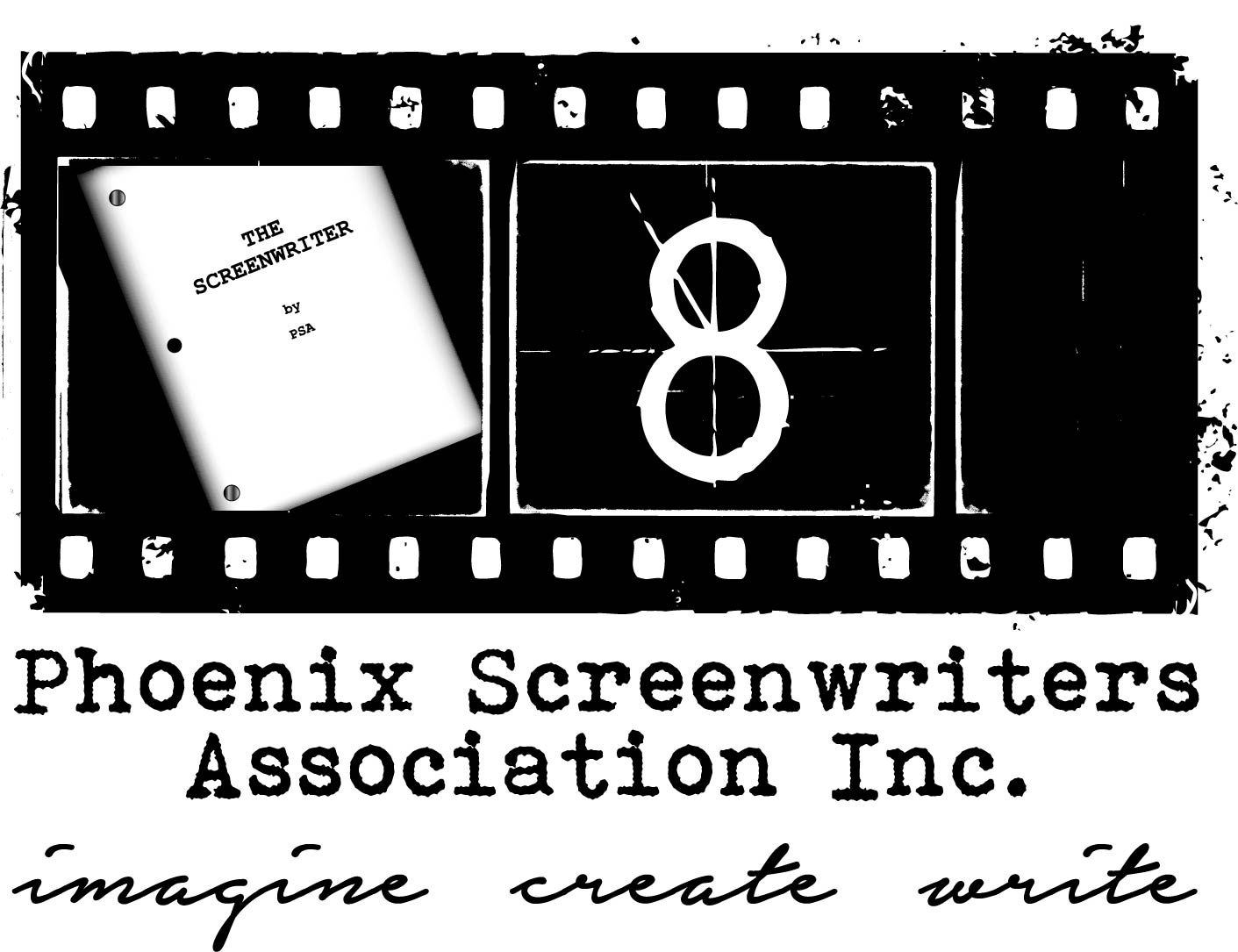This is the second of three parts. If you missed the first part, you may want to read that first, just to put everything in context. We’re using “Screenplay: The Foundations of Screenwriting” (by Syd Field) as the basis for a discussion of one of my favorite movies, “It’s A Wonderful Life”. You can apply this exercise to your favorite films as a way of improving your own writing, and as an alternative to studying actual scripts.
Below is a chart version of Field’s original paradigm diagram:

The paradigm divides the movie into three acts. We’ve already covered Act I here. According to the chart, Act II starts after page 30 and ends on page 90 (the middle 50%). The second of two major plot points is about 5 pages (or 5 minutes) short of the end of Act II. Field designates Act I as “the setup“, Act II as “the confrontation“, and Act III as “the resolution“.
Have you analyzed any additional Act I’s since my first article? Now is your opportunity to move forward with the next part of those movies. A full hour, give or take, that we call Act II. One page of script to one minute of movie time.
To recap the end of Act I, our hero George Bailey refuses to take on familial responsibility, only to be backed into a corner by the realization that, not only will his father’s cherished company fold, but Old Man Potter will proceed to take over the entire town. George caves to the pressure and agrees to run the business. His dreams of exploring the world are immediately crushed.
The Confrontation: Most of Act I being a flashback of sorts, Act II opens back where we started, with angels Joseph and Clarence (visually, two bright stars in the night), still watching George Bailey’s life unfold. “He didn’t go”, moans Clarence.
Let’s stop to talk about our expectations of Act II. We know that it’s the “confrontation” — because Syd Field says it is. But when does the confrontation actually start? Obviously, the hero is confronted, but by whom or what? Is it a single occurrence? (No!) Act II is a series of events — the embarkation on the hero’s journey, if you will — that are fraught with obstacles, all designed to thwart the hero’s effort in achieving a goal.
Up to this point, we haven’t mentioned George Bailey’s goal. What does he want that he never had or that has been taken away from him? At first, his boyhood dreams are crushed — multiple times. In fact, if this alone was his goal, then we would have wound up with quite a different story. But in adult terms, George wants to be successful. He doesn’t want to be a failure in the eyes of others. His self-worth is what’s on the line. Our hero yearns to be the man his father was. That he cannot ever achieve that can almost always be attributed to outside forces, Old Man Potter being just one of them.
With that foundation in place, let us proceed. (Spoiler alert!)
George has sent brother Harry through college so that he can take over the business, freeing George to follow his own dreams. But Harry arrives home with a new wife and a new job out-of-state. George is again left holding the bag. This is only the beginning. George turns down a lucrative position in Rochester. He marries old flame Mary Hatch, but on his way to go on his honeymoon, there’s a run on the banks and Mary offers the Building & Loan shareholders their honeymoon savings, putting their romantic getaway on permanent hold. Four children later, the Bailey’s are barely scraping by. What other obstacles are thrown in George’s way? And how many of them are caused by George himself versus by forces outside of his control?
Just past the midpoint, a major blow is struck: Uncle Billy misplaces $8,000 and George goes into a tailspin after trying every avenue to restore the funds. In a final act of desperation, he begs Old Man Potter for a loan to cover the lost funds. Potter calls out an arrest warrant on George. George rushes away, driving to the outskirts of town where he drowns his sorrows in a bar. He prays to the Heavens for guidance. As if in reply, an irate neighbor recognizes George and punches him in the mouth. Drunk and depressed, he ultimately finds himself on a bridge, where he contemplates jumping so that his family can at least have his insurance payout. We’re just about at the 75% point. What happens next can be interpreted as the start of Act III. So let’s take our leave at this point — with George staring down, mesmerized by the rushing current that could easily end his suffering.
End of Act II.
As in our Act I analysis, we’ll step back about 5 minutes (or 5 pages) from the end of Act II. Here is where we expect to find major plot point #2. We know where George wound up, but why? Here is where we find George groveling before Mr. Potter. A meager insurance policy is George’s last offer. Potter laughs at him and makes a cold observation: “You’re worth more dead than alive!” For a man who has totally lost his self-worth, these words only twist the knife. Whatever George might have thought about himself, here is hard, physical evidence that he is literally better off dead. Clarence has yet to materialize — and I use that term literally — so we need (and get!) a defining moment and a change in the story’s trajectory after which divine intervention is inevitable.
To be continued in Act III.
About Joe Gruberman:
Joe Gruberman is an Arizona-based writer, educator, and award-winning multimedia producer. His latest two films, ELEVEN ELEVEN and RAISING BUCHANAN, are available on most streaming platforms.

